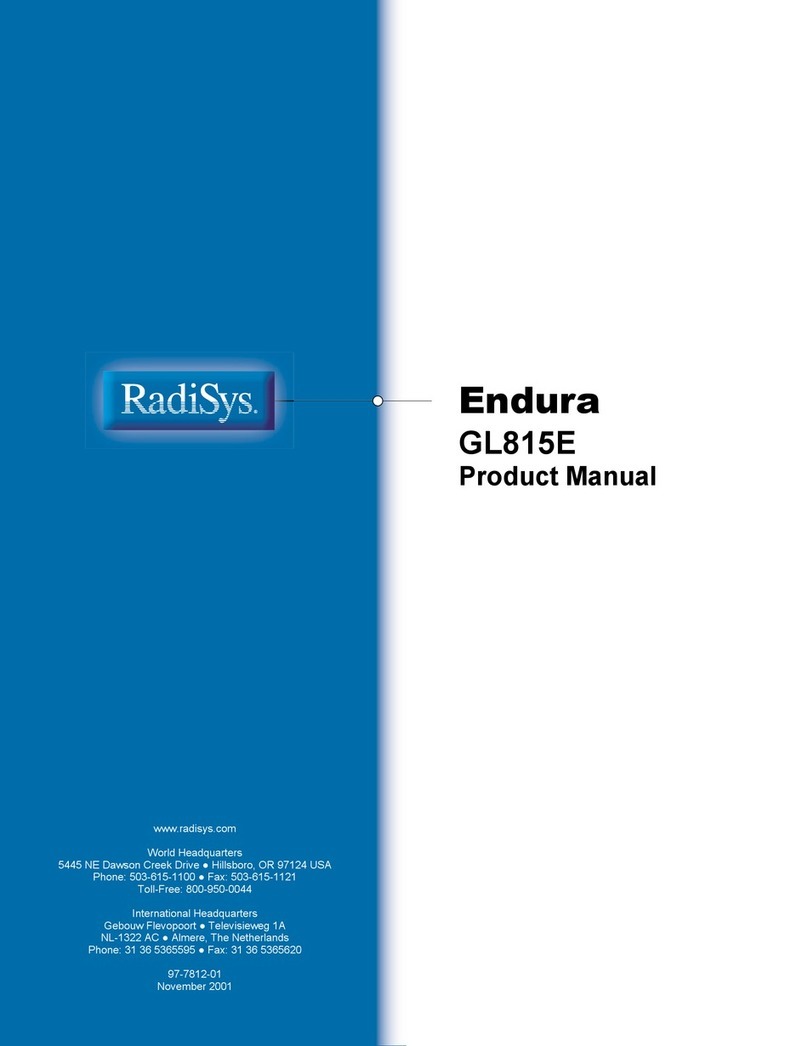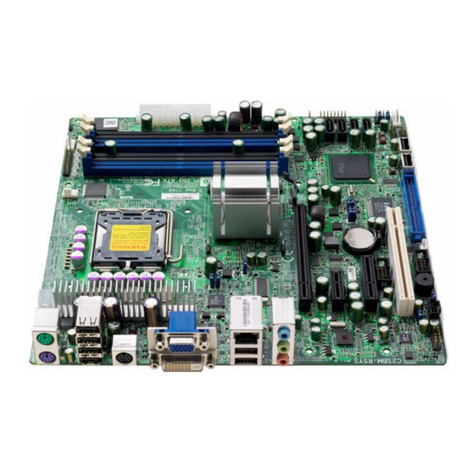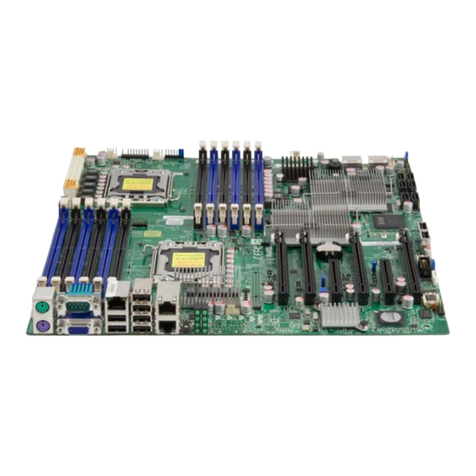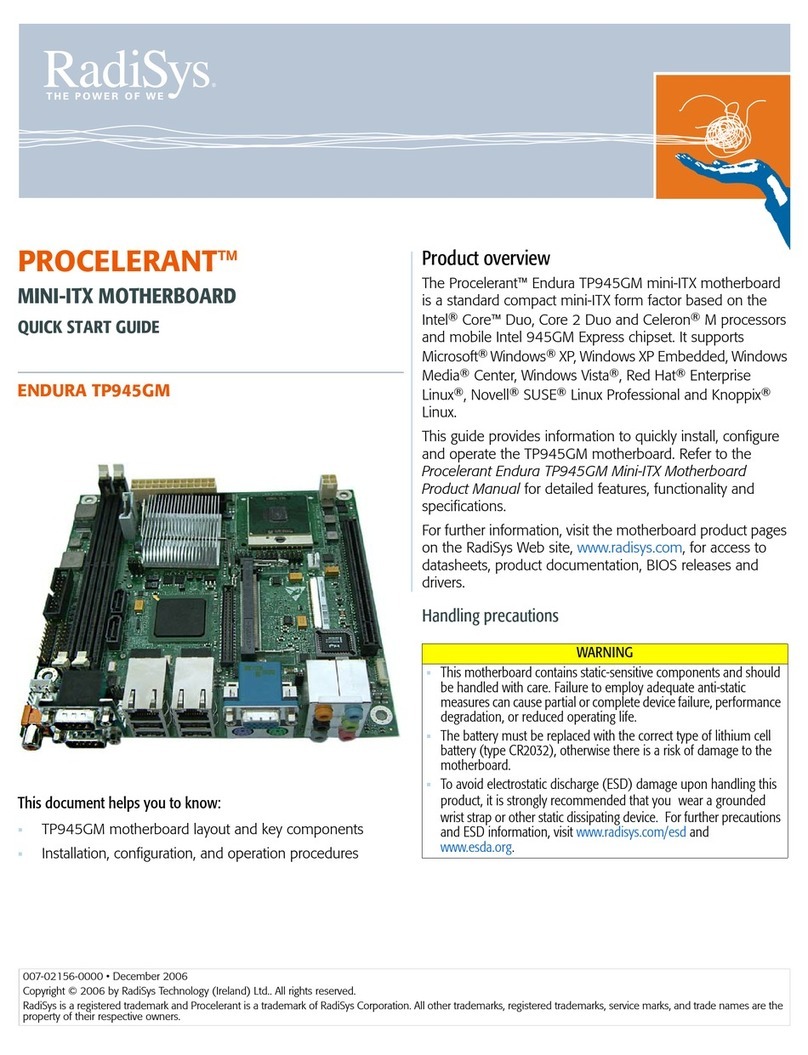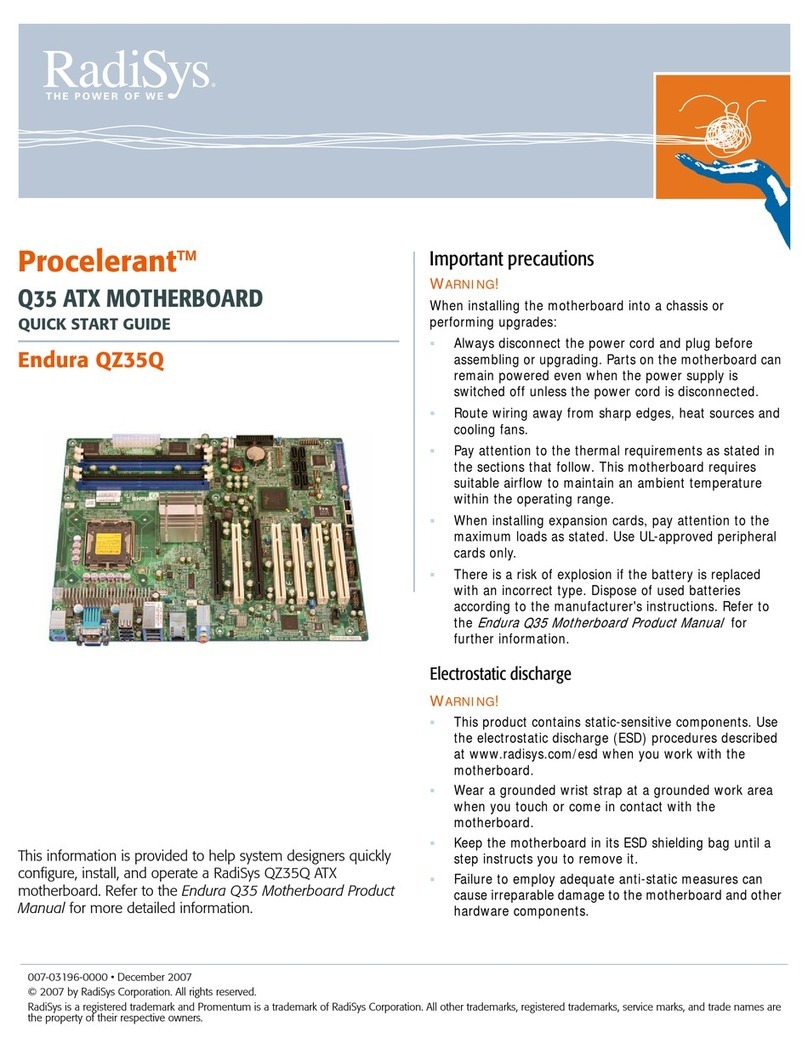
Contents
7
3. SPECIFICATIONS ...............................................................................................................32
3.1 Environmental.............................................................................................................................. 32
3.2 Thermal ........................................................................................................................................ 32
3.3 Regulatory EMC Compliance ...................................................................................................... 33
3.4 Regulatory Safety Compliance..................................................................................................... 33
3.5 Industry Compliance .................................................................................................................... 33
3.6 Miscellaneous............................................................................................................................... 34
3.7 Mechanical................................................................................................................................... 34
3.7.1 Motherboard ................................................................................................................. 34
3.7.2 I/O Shield ..................................................................................................................... 36
3.7.3 Fansink ......................................................................................................................... 36
3.8 Electrical ...................................................................................................................................... 37
3.8.1 Motherboard Power Consumption................................................................................ 37
3.8.2 Power Delivery to Expansion Slots .............................................................................. 38
3.8.3 Power Supply Selection................................................................................................ 38
3.8.4 Power Budget ...............................................................................................................39
3.8.5 General Purpose I/O Lines ........................................................................................... 40
4. MOTHERBOARD BIOS ......................................................................................................41
4.1 Configuration ............................................................................................................................... 41
4.2 Update and Recovery ................................................................................................................... 41
4.2.1 Creating a BIOS Update Diskette................................................................................. 42
4.2.2 Updating the System BIOS........................................................................................... 42
4.2.3 Creating a BIOS Recovery Diskette ............................................................................. 43
4.2.4 Recovering the System BIOS ....................................................................................... 43
4.2.5 Updating the Flash Bootblock ...................................................................................... 43
4.3 Customization .............................................................................................................................. 44
4.4 BIOS Error Indications................................................................................................................. 45
5. CUSTOMER SUPPORT.......................................................................................................49
A TECHNICAL REFERENCE................................................................................................50
A.1 I/O Map........................................................................................................................................ 50
A.2 PCI Interrupt Allocation............................................................................................................... 51
A.3 PCI Device Assignments.............................................................................................................. 52
A.4 SMBus Resource Allocation ........................................................................................................ 52
A.5 ISA Interrupt Allocation............................................................................................................... 53
A.6 ISA DMA Channel Allocation ..................................................................................................... 53
A.7 BIOS Organization....................................................................................................................... 54
B CONTROL REGISTERS .....................................................................................................55
B.1 Index Register .............................................................................................................................. 55
B.2 Watchdog Control ........................................................................................................................ 55
B.3 Watchdog Kick............................................................................................................................. 56
B.4 Watchdog Status........................................................................................................................... 56
B.5 Watchdog Timeout Period............................................................................................................ 57
B.6 General Purpose I/O Port 1 .......................................................................................................... 57
B.7 General Purpose I/O Port 2 and Control.......................................................................................57
B.8 PWM Control............................................................................................................................... 58
B.9 Processor Identification................................................................................................................ 58

